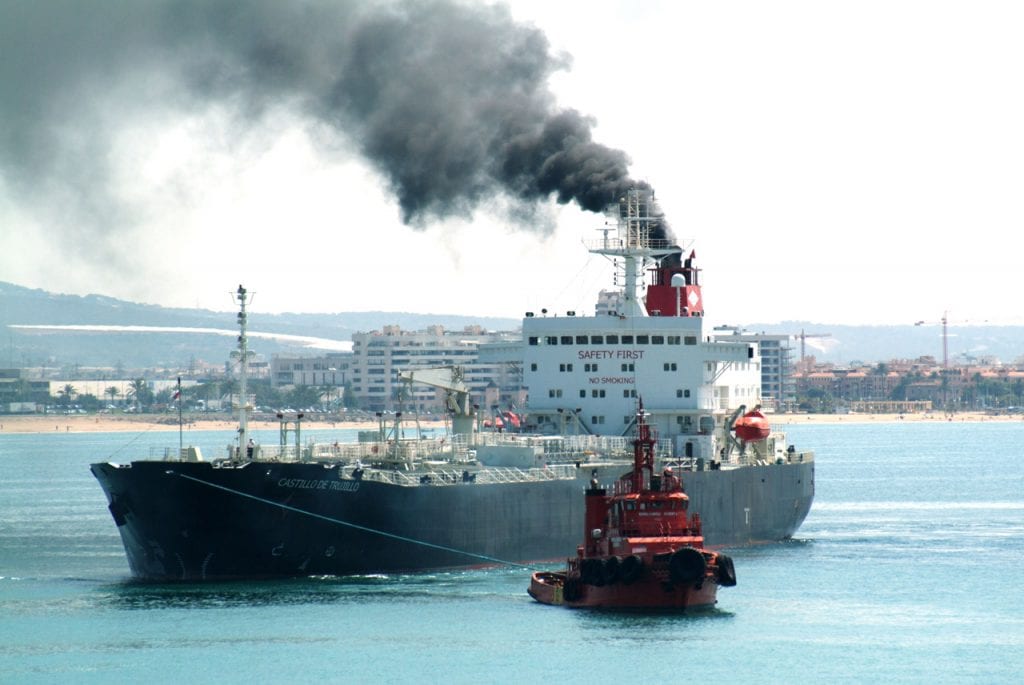Sulfex process: Reducing sulphur in fuels

The International Maritime Organisation has decided to cut sulphur limits for bunker fuels worldwide from 3.5% to 0.5% from the start of 2020. Any vessels that are registered in a jurisdiction that has adopted the regulations or has to sail through their waters (e.g. for servicing) will need to comply. New Zealand is in the process of adopting the Treaty.
Unfortunately the options for shippers are limited. Either install scrubbers (not really an option for retrofits because of the cost and space requirements) or purchase low sulphur distillates at much higher cost.
Currently, desulphurisation occurs in a process called Hydro-Desulphurisation. This uses hydrogen gas at high temperatures (300 to 400 degrees Celsius) and high pressures (30 to 130 atmospheres) to modify sulfhur bearing compounds so they can be removed. However, this process is limited to large refineries as the capital and operating costs are too high for smaller refineries in Australasia. In order to meet the needs of the small refineries and pipeline end users, APT has developed cheaper methods to reduce the sulphur content of fossil fuels.
APT has shown that its desulphurisation technology, Sulfex™, is fully capable of economically achieving the mandated decrease in sulfur. Its process combines high sulfur fuel with a fluid containing a catalyst (either solid or liquid), a material such as hydrogen peroxide and other reagents as needed. The resulting mixture of the fluid-borne reagents and the hydrocarbon forms an emulsion at high mix rates. This emulsion allows the reaction to proceed in a timely and economic fashion. The catalyst serves the dual purpose of a catalyst and a transfer agent, thus increasing the rate of the oxidation of the suphfur-bearing compounds in the fuel. Once these sulphur compounds are oxidized, the fluid and fuel are separated, and the sulphur is removed from the fuel.
To date, APT’s laboratory, pilot plant, and small scale industrial plants have resulted in as much as 99.9% reductions of all sulfur compounds found in existing high sulphur fuels and middle distillates sourced from various refineries. APT has treated 20 different types of diesel and gasoline fuels including U.S. Navy JP-5 jet fuel, U.S. Marine F-75 diesel fuel, high sulphur kerosene, and middle distillates. In addition to dramatically decreasing sulfur levels, APT’s process can simultaneously remove other contaminants such as dirt, water and polar chemical contaminants to comply with EPA regulations.
The main cost-saving advantage of APT’s patent pending Sulfex™ approach is that the fuel is not processed under high temperatures and pressures. It also does not need large amounts of ancillary equipment. These items are both capital and operationally expensive. Sulfex™ is also operationally much simpler and thus much safer.
BFSNZ is APT's agent for the Sulfex™ process. For more details on it see APT's website or contact Leigh Ramsey MD.
